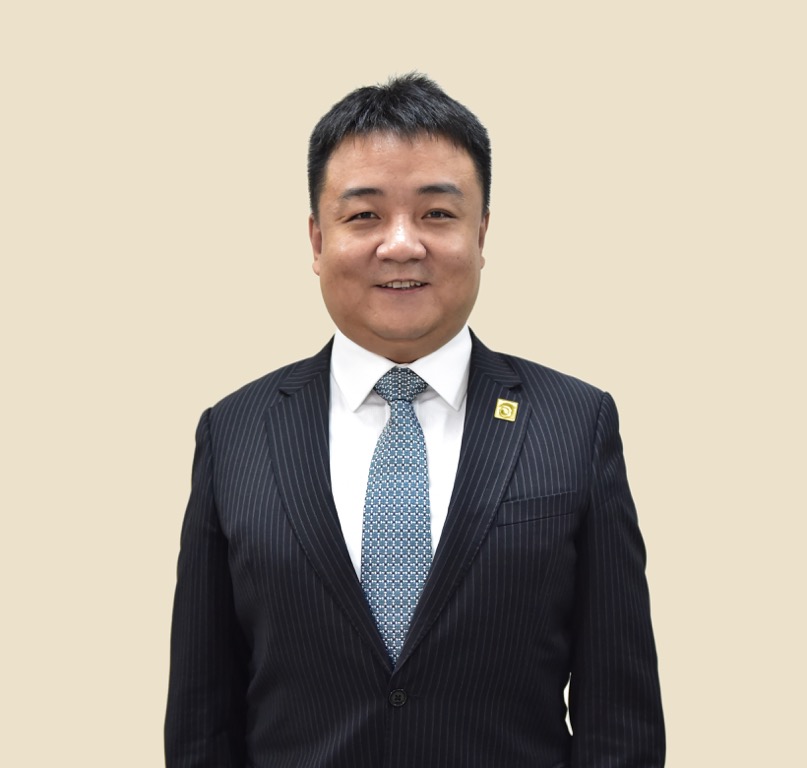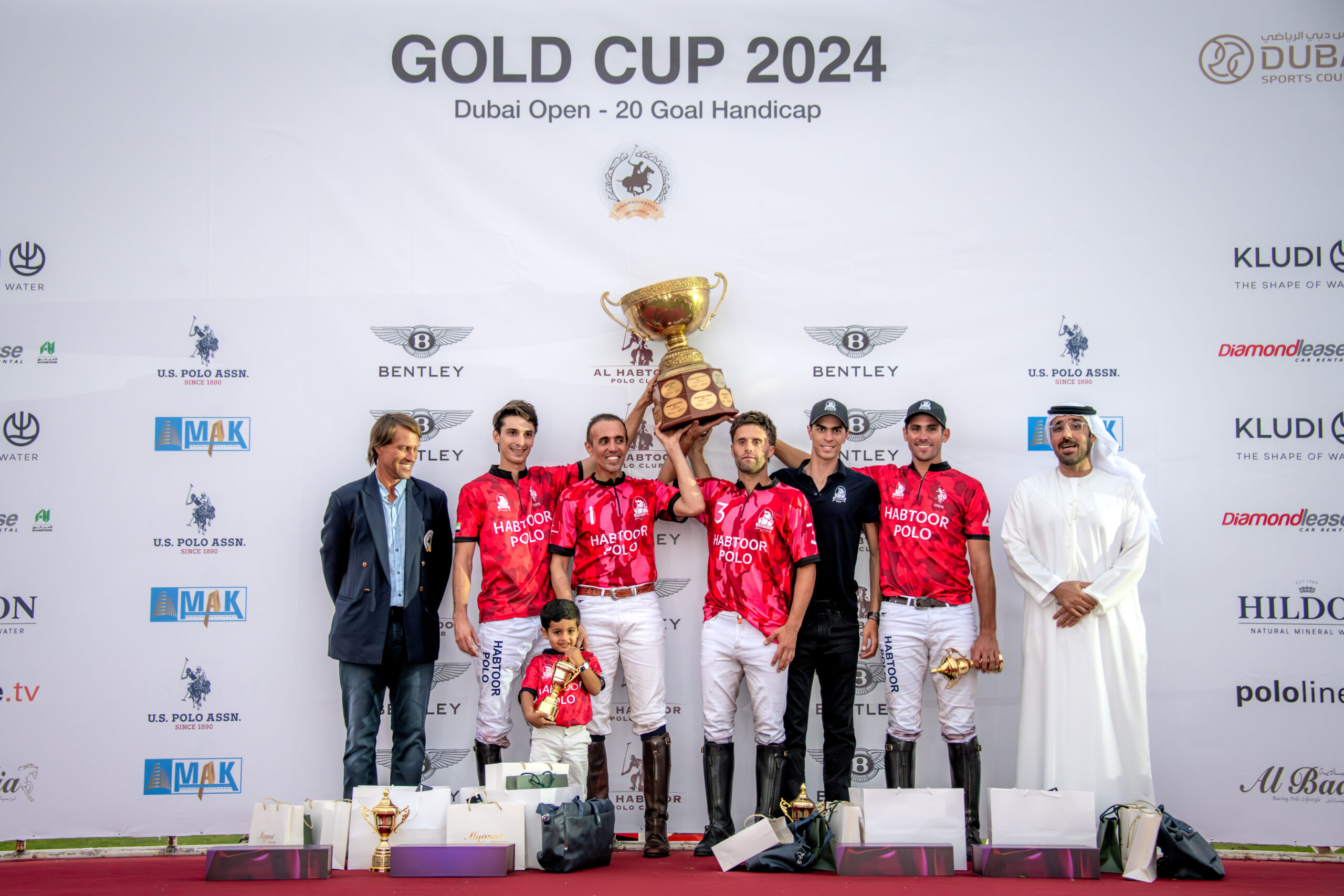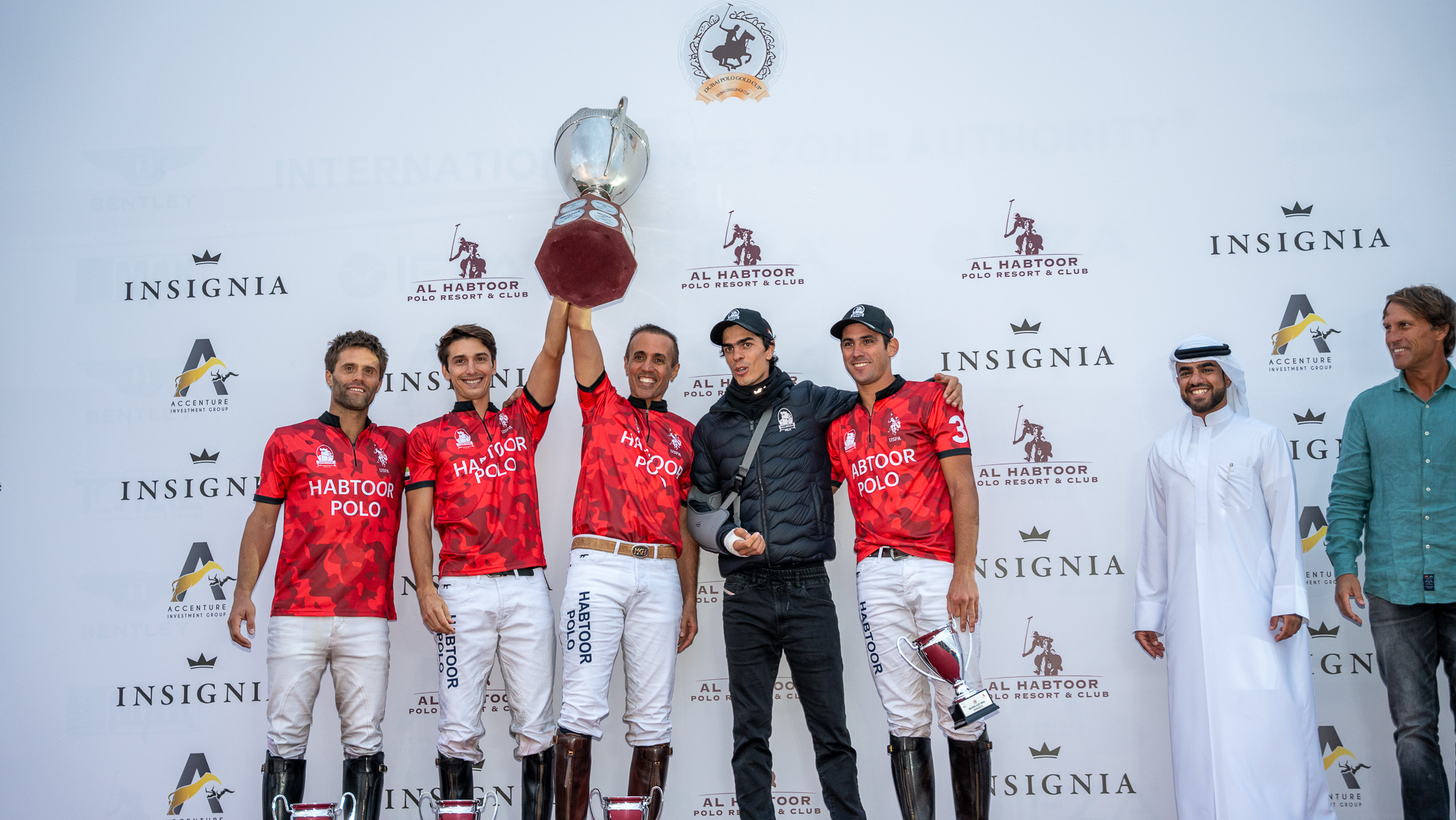
Thrilling victory: Habtoor Polo
The thrilling Gold Cup finals kicked off with Dubai Wolves...

The thrilling Gold Cup finals kicked off with Dubai Wolves...
Traditionally, the Silver Cup, held at handicap level 20, marks...
25.000 of spectators who strolled through the PoloVillage, enjoyed the...
Fashion is fast-moving, collections change with the seasons and often...
Dermatologists and cosmetic studios have been successfully offering light therapy...
Working in the United States, emerging democracies, and democracies in-conflict...
The thrilling Gold Cup finals kicked off with Dubai Wolves by CAFU securing the..
Read More25.000 of spectators who strolled through the PoloVillage, enjoyed the exclusive atmosphere and..
Read MoreFashion is fast-moving, collections change with the seasons and often even..
Read MoreDermatologists and cosmetic studios have been successfully offering light therapy as a skin treatment..
Read MoreA modern maharaja: blending tradition and progress. His Highness Sawai Padmanabh Singh, the 303rd..
Read MoreThe Rolls-Royce La Rose Noire, an extraordinary motor car, presented to the clients who..
Read More
The influence of the government in China is all-encompassing. Of course, this also applies to equestrian sports and thus also to the polo scene in China. In 2002, the Chinese Horse Industry Association was founded. Its structures and decision-making processes differ greatly from those of equestrian sports, as they are known, for example, in European countries, the USA and Australia.
The owners of Polo Luxury & Country Life Magazine, Birgit Hügli-Herrmann and Christoph Hügli, met Gaofeng Yue secretary general China Horse Industry Association for an interview in Yanqing. Central themes of the discussion were the tasks of the China Horse Industry Association, the development of polo sports and the program in which the CHIA and Xia Yang, the president of the Sunny Times Polo Club, in collaboration with universities, promote the polo sport to trainees.
Mr. Gaofeng Yue we are pleased to meet you again, as we already had the pleasure of meeting you at last year’s Beijing Polo Open. We are with enthusiasm observing the development of the Polo sport in China. May we ask you to introduce us at first to the structure, sections and responsibilities and tasks of the China Horse Industry Association?
Thank you for concerning and focusing on Chinese Polo and thank you and your Polo Luxury & Country Life Magazine for the support in the last years. With pleasure I introduce you the China Horse Industry Association and its various activities for the equestrian sport in China.
The China Horse Industry Association (CHIA) was founded as an organization for breeding horses in China, named The National Horse Selection and Breeding Committee on 25th November 1978. In October 2002, the Association acquired its present name by merging the National Horse Breeding Committee and China Stud Book Committee together. Mr. Wu Chang-Xin, fellow member of the Chinese Academy of Science, had since held the presidency of the Association upon election during the first and second CHIA assembly.
On the third CHIA assembly held in March 2014, Jia You-Ling, the chief state veterinary administrator, was elected president. Meanwhile, Bu He, the vice chairman of the 8th and 9th Standing Committee of the National People’s Congress, Simayi Maimaiti, the vice chairman of the 10th Standing Committee of the National People’s Congress, and Wuyun Qimuge, the vice chairman of the 11th Standing Committee of the National People’s Congress as well as Wu Chang-Xin were invited as honorary presidents. As one of the advanced social organizations of China, CHIA has an independent legislative status. The current president of the CHIA is Jia Youling.
The China Horse Industry Association has more than twenty branches, including the China Racing Authority, the China Stud Book Committee, the Equine Policy Research Center, Committee for Equine Breeding, the National Institute of Horse Culture and Arts, the National Center of Equine Safety and Welfare just to name a few. You see, with all these sections, the organization is quite big. The focus is currently on developing the horse industry in our country and to promote the culture around horses in China. I am sure that you are aware of the long horse tradition in our country. CHIA maintains close cooperation with ten neighboring countries and maintains relationships with more than 200 equestrian organizations around the world. CHIA is also a member of many national association associated with horses.
How many active polo players are there at present in China?
It depends on your point of view. If you look at the numbers of registered polo players, playing with an internationally comparable handicap, there are still only a few in China. But a lot of people are interested in polo and play at stick & ball level. Likewise, in the Sunny Times Polo Club, the nucleus of the modern Polo in China, where we are conducting this interview.
Which horse-sport-disciplines are number-wise the strongest in China? At the moment, racing is the number one in China. Are there, within the disciplines, regional focus points?
In Inner Mongolia, the long-distance racing has a long tradition, so it is the most popular horse sport discipline which is maintain by many people. But in Beijing, Shanghai or Hong Kong showjumping and dressage are really popular.
For success in the riding disciplines, talent alone is not key. Especially in higher performance categories, very well-trained horses are needed. Where do you recruit them from?
That is a brilliant question! China has a very long tradition with horses, at present there are about 6.1 Mio. Horses living in China. This makes China the third largest horse country in the world. In our Provinces more than 30 different breeds of horses are bred. Nevertheless, we import 3000 horses every year, above all for special disciplines like show-jumping, dressage and racing. Most of the warmblood-sport horses are imported from the Netherlands, Germany, Belgium, France, Russia and Spain. The most racing horses came from Australia, New Zealand, Japan or Ireland. And we also import ponies from different countries in Europe. The breeding of polo horses has a long tradition in Argentina. Numerous prominent players, notably Adolfo Cambiaso, the Peres brothers and the Heguy family, have well-known breeds and market leading horses throughout the world. In China, Xia Yang (President Sunny Times Polo Club) has set up, years ago, an emerging polo horse stud, based on Mongolian mares that are crossed with thoroughbred stallions. Is this the reason why the number of polo horses imported from Argentina to China is rather low? The ponies in Argentina are very high-quality polo ponies. We have therefore imported ponies from Argentina three or four times. But importing polo ponies from Argentina to China is fraught with some imponderables. The horses must first be flown from Argentina to Frankfurt and then from Frankfurt to Beijing. In addition, in Argentina there are almost 40 degrees Celsius in the summer, while at the same time we have winter here and with deep minus temperatures. The extremely long flights and the completely different weather conditions put extreme strain on the horses. I would also like to point out that in China, polo was played thousands of years ago. Therefore, we have a very long tradition in this sport. Thanks to our large horse base and the successful breeding program of Xia Yang, we are gladly to have high-quality modern Chinese polo ponies now. And the horses develop further with each generation.
We learned that a targeted promotion of young talents in Polo Sport has successfully started in cooperation with several universities.
Yes, that’s correct. Students from several Mongolian agricultural and veterinary education colleges will be visiting Sunny Times Polo Club for several months each.
The students learn the polo game in the club. But they not only benefit from the practical work with the horses. Under the guidance of Xia Yang, these young people also learn a lot about the horse culture of our country. The program already shows its first successes. The first students are already playing polo so well that they can participate in the Xia Yang led Chinese team at the International Polo Open Championships.
This morning at the “Belt and Road Polo Open Workshop” we learned that there is an ambition to create a Polo Section within the CHAI, what can you tell us about this promising project?
That is correct. Modern polo sport has developed very successfully in the area around Beijing and the just mentioned cooperation with universities will bring many young people in contact with polo. At the “Belt and Road Polo Open Workshop”, many officials and directors from numerous universities came together, and as you could witness, everyone is enthusiastic about the idea of a Polo Section within the China Horse Industry Association. The decision-making processes here in China takes longer as in the West, but I am confident that there will be a new Polo Section in the CHAI in the foreseeable future.
If we look 10 years into the future? Which goals would you like to reach with the CHIA?
We have four pillars in the Horse Industry. These pillars are a symbol for the four legs of a horse. Only when a horse is standing on all four healthy and strong legs, you can successfully gallop with it into the future. The China Horse Industry Association wants to build a solid base for all its pillars. We want to develop the economic part of the horse industry in China. We want to bring more people into the horse industry. We want to inspire more people for equestrian sports. If more people ride or become enthusiastic about keeping horses, it creates more opportunities in the horse industry environment. We already have close cooperation to ten national horse organizations bordering on China. We work close together and have good contacts with numerous organizations in other countries and also with global organizations for example the World Arabian Horse Association. We also want to expand and cultivate our existing cooperation and make new collaborations
with foreign equestrian federations in the future.
Facts and Figures development of CHIA
– The National Horse Selection and Breeding Committee was established
on 25th November 1978.
– The National Horse Breeding Committee was established on 15th March
1982.
– China Thoroughbred Breeding Registration and Management Committee
was founded on 26th November 1994.
– The China Horse Industry Association was founded on 24th October 2002.
About Gaofeng Yue
Gaofeng Yue is the secretary general of the Chinese Horse Industry Association. He is a member of the CPC since 2000 and he is also the secretary of the CHIA Branch committee of the party. Goafeng Yue is graduated from China Agricultural University in Beijing with a Master in Animal Sience and he is a visiting professor at the Qingda Agricultural University.

The thrilling Gold Cup finals kicked off with Dubai Wolves by CAFU securing the initial

Traditionally, the Silver Cup, held at handicap level 20, marks the start of the Dubai

25.000 of spectators who strolled through the PoloVillage, enjoyed the exclusive atmosphere and soaked up
[user_registration_form id=”9713″]
Membership as a POLO & LUXURY Insider is free.
POLO & LUXURY do not share your data with third parties.
[user_registration_my_account redirect_url=”my-account”]